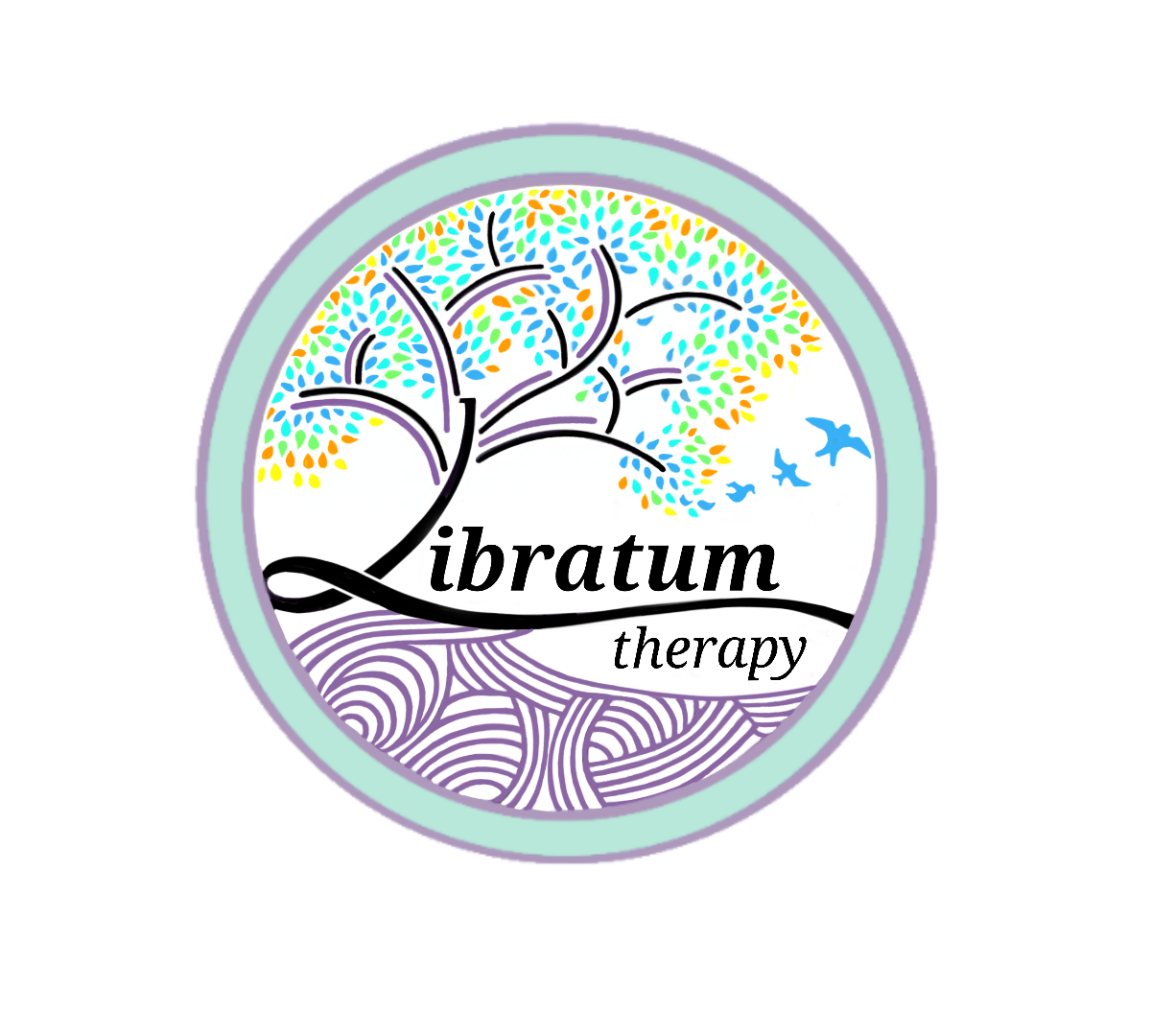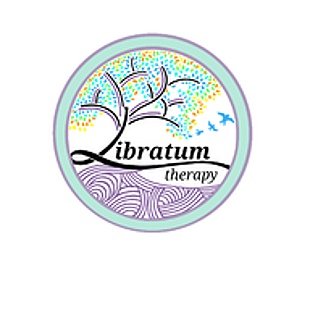How to be more self-aware at work
As featured on MaltaCEOs.mt
Check-ins are an essential skill for all leaders and employees to learn. Learning to check in with ourselves can make a big difference to how we work, lead and live.
I am a clinical psychologist and I am going to start this blog by talking about cars and car dashboards. A car dashboard gives us data about how well our car is functioning and flashes warning signs when something is not working. When we check the dashboard, we use that information to get that car serviced.
Similarly, we can imagine that we have an internal dashboard that tells us about our emotions, thoughts, behaviours, and body. Its purpose is to give us precious data about how we are feeling, how well our body is working, how content we are in our life, what difficulties we are having, and what we need. Being aware of this information puts us in an empowered position to act on problems, make changes where needed, and safeguard things that are working well.
Learning how to regularly check in with ourselves is a skill that can make a difference to our mental and physical well-being at work and in life.
What’s the problem if we don’t check in with ourselves?
Let’s go back to cars. There are many reasons why we may not check the car dashboard regularly. For example, the car may be running smoothly, or we may be too busy to remember to check it. However, problems can arise if we never check it or if we see something flashing on the dashboard and ignore it. Avoiding the problem can feel tempting in the moment as we rush to our destination, though in the long term it can cause more damage to the car, our driving may become unsafe for ourselves and others, and repairs may cost more time and money.
Similarly, when we do not check in with ourselves, we run the risk of neglecting our emotional and physical health needs, living on automatic pilot, and losing our sense of agency over the type of life we want to live. We become disconnected from our mind, emotions and body. Checking in is therefore an essential skill that allows us to pre-empt and face problems rather than push through or avoid them, and to address them sooner rather than later. We do not have to wait until we cannot function, our relationships are suffering, and we are experiencing burnout, anxiety and low mood. By checking in with ourselves, we can give our mind and body regular maintenance.
How do I check in with myself?
How do you check a car dashboard? By looking at it and interpreting what the symbols mean. So, we can check in with ourselves by looking inwards to discover what is going on inside us. It is like making a U-turn away from all the distractions and noise around us and turning back towards ourselves.
Once we have turned our attention inwards, we can scan through our emotions, thoughts, behaviours and body. This process can be guided by simple questions we ask ourselves to gather data about what is happening:
What am I feeling right now?
What is my body experiencing?
What thoughts are taking up my attention most of the time?
What is my behaviour telling me about how I am feeling?
Once we have the data, the next step is to interpret the data by taking time to understand what our body, emotions and mind may be communicating to us, and what we may need as a result.
What does a check in look like in practice?
Here is an example that many people describe. It is common to feel stressed before an important meeting. If I notice that I am feeling stressed, this is a sign that I need to check in:
I stop what I am doing for a moment, become still in my body and shift my attention inwards towards my mind and body.
I gather data by asking myself: what am I feeling right now? I notice that my chest feels tight, I am agitated and am moving around a lot, I keep having the same worry about what feedback I am going to receive.
I interpret what the data means by thinking about it for a bit longer. I realise that I am stressed because I am feeling afraid of how my performance is going to be judged by my manager in this meeting.
I act on the data if needed: in this situation I realise that I need to take a breath to calm my body down. I may give myself some words of encouragement and make a mental note to keep an open mind and take the feedback as a learning opportunity.
It is important to remember that we check in when we are feeling good too. When we recognise and connect with the experience of a good moment it can bring us clarity on what is working well in our life which may guide us to do more of it.
When and where do I check in?
Whenever and wherever works for you. It can be at any time. While you are lying in bed in the morning or before you go to sleep. Whilst sitting or walking from one room to another. You can check in at any time. If your environment is too distracting and keeps demanding your attention you may need to put in some boundaries to take a few minutes for yourself.
How long does it take to check in?
Check ins can last for as long as you need or find helpful. From a few seconds to a few minutes. Sometimes check ins can lead to a longer reflection or journaling exercise. Start with what is possible for you. Over time, checking in can become familiar and easy and may take just a few seconds.
How often do I check in?
My recommendation is to check in every day. Start small by checking in once a day. It is important to gather data regularly because how we feel changes from one moment to the next based on what is happening in our lives.
What tools can help me check in?
You can check in as a mental exercise with your eyes open or closed by scanning your mind and body to look and listen for what it is communicating. You can do it in a structured way by choosing a time of day and logging emojis on your phone to track your mood. You may choose to check in organically when a situation occurs during your day that changes your emotional state. You can also use an app or journal to log in the thoughts, emotions, behaviour and body sensations that you experience in more detail.
When was the last time you checked in with yourself?
I invite you to give it ago. There is an added bonus because learning to check in with ourselves can nurture other qualities in us too.
Stillness. Looking inwards allows us to practice slowing our mind from all its busyness and bringing stillness to our body. We interrupt the pattern of overdrive just enough to create some silence to look and listen to ourselves and our needs.
Courage. Many of us try to ignore or push away things inside us that feel uncomfortable. Therefore, facing and connecting with our mind, emotions and bodies is an act of courage and strength. Checking in is not always comfortable though it is not meant to be a traumatising experience. If it becomes distressing then consider reaching out to a therapist or psychologist who can guide you to safely start to look inwards.
Commitment. Being clear about why checking in matters to you can help you decide to practice and prioritise it. If you check in with yourself today, then commit to checking in again tomorrow. Even if days and weeks may go by when you stop checking in, I love to remind people that it is never to early and never too late to start again.

